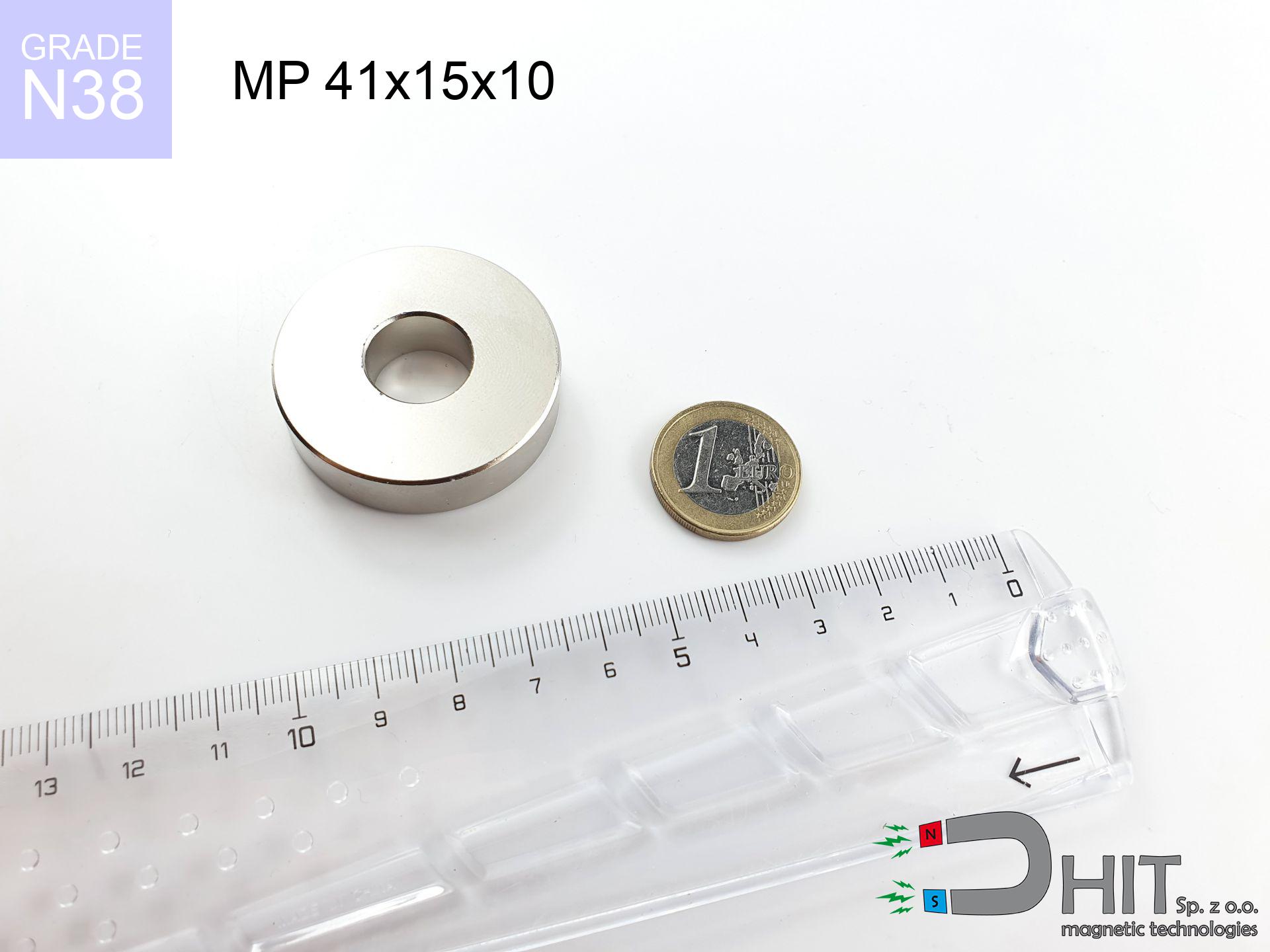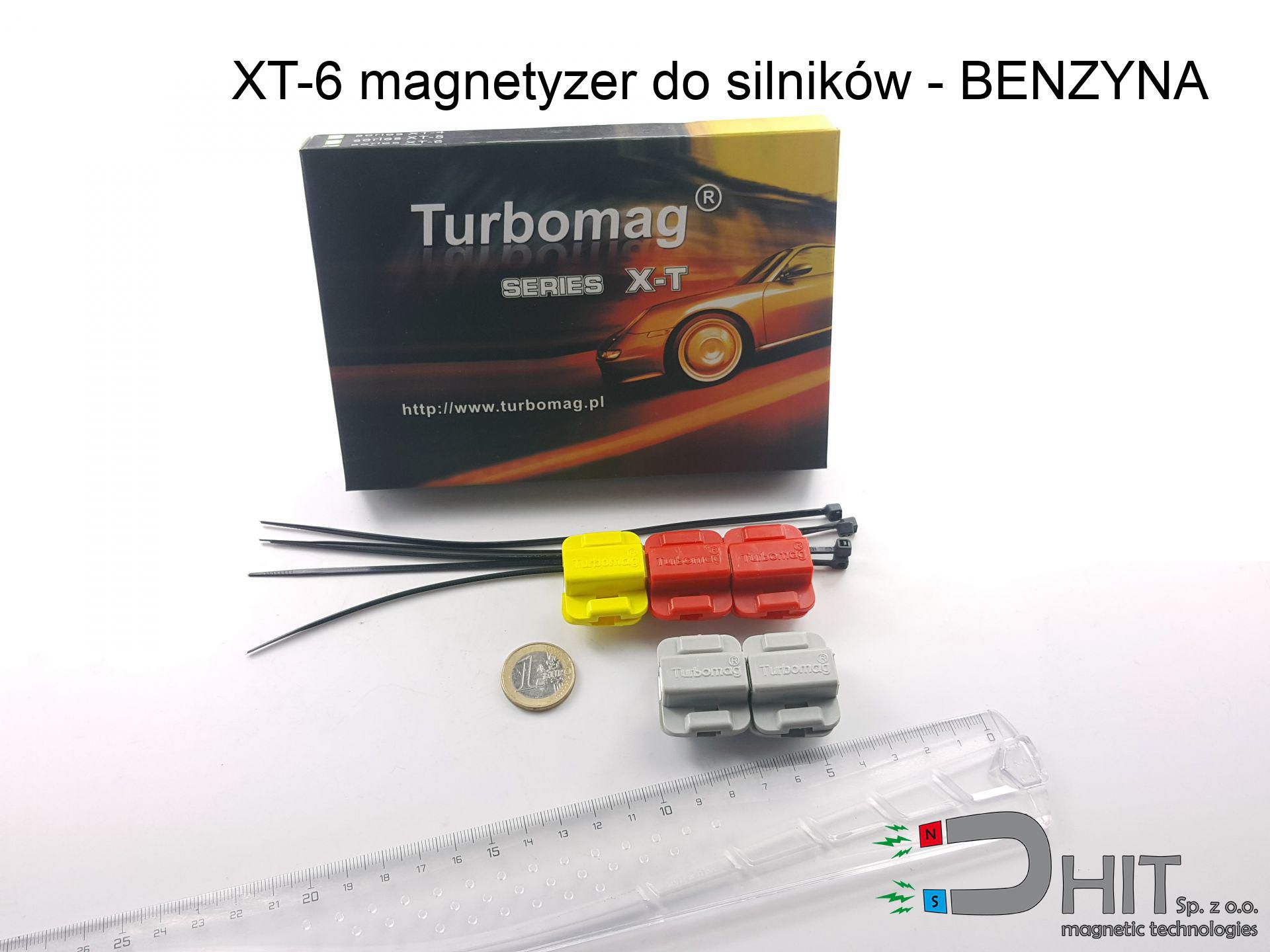XT-5 magnetyzery do silników - DIESEL + powietrze - XT-5 magnetizer
XT-5 magnetizer
Catalog no 060246
GTIN/EAN: 5906301812401
Weight
190 g
94.99 ZŁ with VAT / pcs + price for transport
77.23 ZŁ net + 23% VAT / pcs
bulk discounts:
Need more?
Call us now
+48 22 499 98 98
otherwise get in touch by means of
inquiry form
the contact section.
Force as well as structure of magnetic components can be analyzed with our
online calculation tool.
Orders placed before 14:00 will be shipped the same business day.
Physical properties - XT-5 magnetyzery do silników - DIESEL + powietrze - XT-5 magnetizer
Specification / characteristics - XT-5 magnetyzery do silników - DIESEL + powietrze - XT-5 magnetizer
| properties | values |
|---|---|
| Cat. no. | 060246 |
| GTIN/EAN | 5906301812401 |
| Production/Distribution | Dhit sp. z o.o. |
| Country of origin | Poland / China / Germany |
| Customs code | 85059029 |
| Weight | 190 g |
| Manufacturing Tolerance | ±1 mm |
Physical properties of sintered neodymium magnets Nd2Fe14B at 20°C
| properties | values | units |
|---|---|---|
| Vickers hardness | ≥550 | Hv |
| Density | ≥7.4 | g/cm3 |
| Curie Temperature TC | 312 - 380 | °C |
| Curie Temperature TF | 593 - 716 | °F |
| Specific resistance | 150 | μΩ⋅cm |
| Bending strength | 250 | MPa |
| Compressive strength | 1000~1100 | MPa |
| Thermal expansion parallel (∥) to orientation (M) | (3-4) x 10-6 | °C-1 |
| Thermal expansion perpendicular (⊥) to orientation (M) | -(1-3) x 10-6 | °C-1 |
| Young's modulus | 1.7 x 104 | kg/mm² |
Chemical composition
| iron (Fe) | 64% – 68% |
| neodymium (Nd) | 29% – 32% |
| boron (B) | 1.1% – 1.2% |
| dysprosium (Dy) | 0.5% – 2.0% |
| coating (Ni-Cu-Ni) | < 0.05% |
Sustainability
| recyclability (EoL) | 100% |
| recycled raw materials | ~10% (pre-cons) |
| carbon footprint | low / zredukowany |
| waste code (EWC) | 16 02 16 |
Check out also deals
Pros and cons of neodymium magnets.
Strengths
- They have stable power, and over more than 10 years their attraction force decreases symbolically – ~1% (in testing),
- They are noted for resistance to demagnetization induced by external field influence,
- By covering with a smooth coating of gold, the element has an professional look,
- Neodymium magnets create maximum magnetic induction on a contact point, which ensures high operational effectiveness,
- Due to their durability and thermal resistance, neodymium magnets are capable of operate (depending on the form) even at high temperatures reaching 230°C or more...
- Possibility of custom modeling as well as modifying to atypical conditions,
- Huge importance in electronics industry – they are utilized in magnetic memories, electric motors, advanced medical instruments, also complex engineering applications.
- Compactness – despite small sizes they offer powerful magnetic field, making them ideal for precision applications
Disadvantages
- To avoid cracks upon strong impacts, we suggest using special steel holders. Such a solution protects the magnet and simultaneously increases its durability.
- When exposed to high temperature, neodymium magnets suffer a drop in power. Often, when the temperature exceeds 80°C, their strength decreases (depending on the size, as well as shape of the magnet). For those who need magnets for extreme conditions, we offer [AH] versions withstanding up to 230°C
- Due to the susceptibility of magnets to corrosion in a humid environment, we suggest using waterproof magnets made of rubber, plastic or other material stable to moisture, when using outdoors
- We suggest a housing - magnetic mechanism, due to difficulties in realizing threads inside the magnet and complicated shapes.
- Health risk related to microscopic parts of magnets pose a threat, in case of ingestion, which becomes key in the context of child safety. Furthermore, small components of these products can disrupt the diagnostic process medical when they are in the body.
- With mass production the cost of neodymium magnets is economically unviable,
Pull force analysis
Maximum holding power of the magnet – what affects it?
- with the contact of a sheet made of low-carbon steel, guaranteeing maximum field concentration
- with a cross-section no less than 10 mm
- with an ideally smooth contact surface
- with total lack of distance (without coatings)
- for force acting at a right angle (pull-off, not shear)
- in temp. approx. 20°C
Lifting capacity in real conditions – factors
- Clearance – existence of any layer (paint, dirt, air) interrupts the magnetic circuit, which lowers power steeply (even by 50% at 0.5 mm).
- Force direction – declared lifting capacity refers to detachment vertically. When attempting to slide, the magnet exhibits significantly lower power (often approx. 20-30% of maximum force).
- Steel thickness – too thin sheet does not close the flux, causing part of the flux to be wasted into the air.
- Material composition – different alloys attracts identically. High carbon content weaken the attraction effect.
- Smoothness – ideal contact is possible only on polished steel. Rough texture reduce the real contact area, weakening the magnet.
- Operating temperature – neodymium magnets have a sensitivity to temperature. When it is hot they lose power, and in frost they can be stronger (up to a certain limit).
Lifting capacity testing was conducted on plates with a smooth surface of optimal thickness, under perpendicular forces, in contrast under shearing force the load capacity is reduced by as much as 5 times. Moreover, even a slight gap between the magnet’s surface and the plate decreases the lifting capacity.
Precautions when working with NdFeB magnets
Data carriers
Intense magnetic fields can destroy records on payment cards, hard drives, and other magnetic media. Keep a distance of min. 10 cm.
Heat warning
Watch the temperature. Exposing the magnet to high heat will ruin its magnetic structure and strength.
Mechanical processing
Drilling and cutting of neodymium magnets poses a fire hazard. Neodymium dust oxidizes rapidly with oxygen and is difficult to extinguish.
Phone sensors
A powerful magnetic field negatively affects the functioning of magnetometers in smartphones and GPS navigation. Do not bring magnets close to a device to avoid damaging the sensors.
Respect the power
Handle with care. Neodymium magnets attract from a long distance and connect with massive power, often quicker than you can react.
Warning for heart patients
Patients with a heart stimulator should keep an absolute distance from magnets. The magnetic field can disrupt the operation of the implant.
Fragile material
Protect your eyes. Magnets can fracture upon uncontrolled impact, launching shards into the air. Eye protection is mandatory.
Allergic reactions
Certain individuals suffer from a hypersensitivity to nickel, which is the common plating for neodymium magnets. Frequent touching might lead to a rash. We strongly advise use safety gloves.
Crushing force
Big blocks can break fingers instantly. Never put your hand between two attracting surfaces.
Product not for children
Neodymium magnets are not suitable for play. Eating a few magnets may result in them pinching intestinal walls, which constitutes a critical condition and requires immediate surgery.




![SM 25x100 [2xM8] / N52 - magnetic separator SM 25x100 [2xM8] / N52 - magnetic separator](https://cdn3.dhit.pl/graphics/products/sm-25x100-2xm8-fin.jpg)



